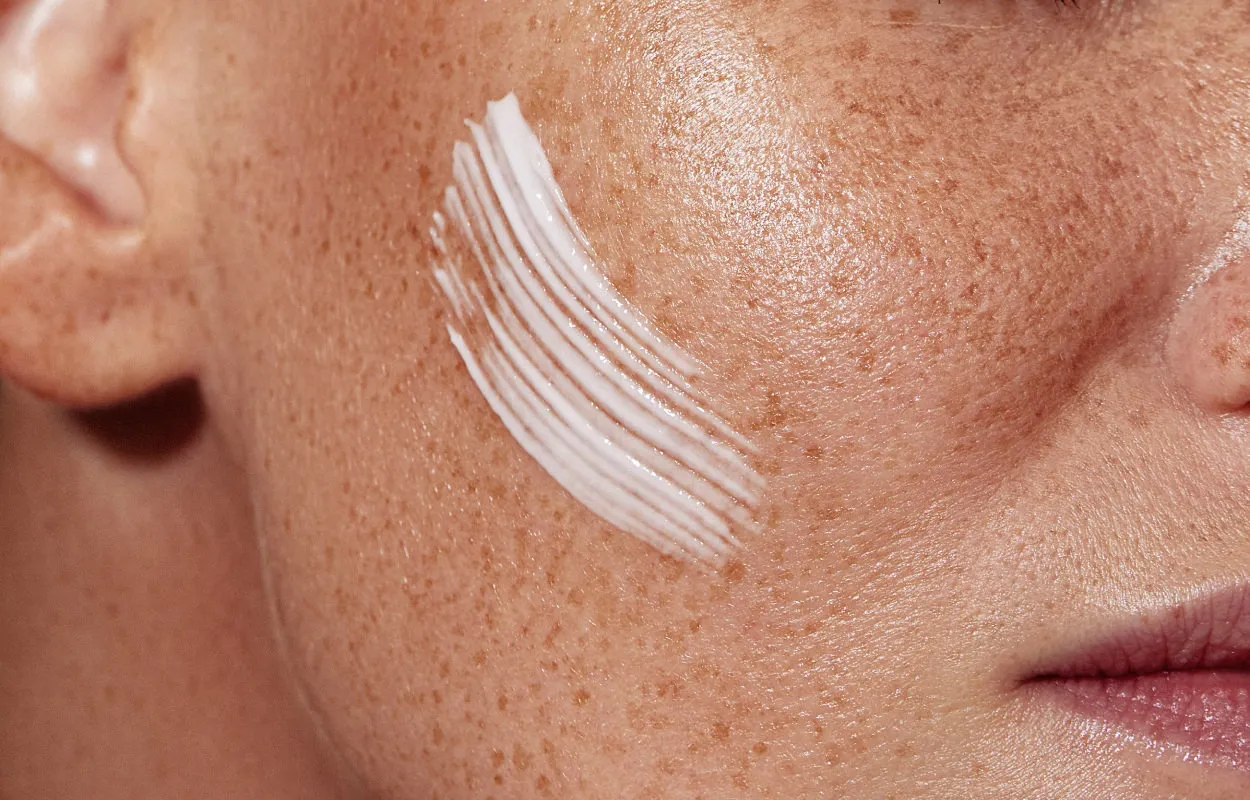Six Surprising Signs of Perimenopause: What to Watch For

“Why is perimenopause still such a mystery?” asks a recent New York Times article. The question couldn’t be more important, with over one billion people predicted to be in menopause by 2025. But the reality is that many people are stunned by the myriad ways menopause affects both mind and body—including joint pain, brittle nails, and electric shock sensations.
In Evernow’s study of more than 100,000 women, symptoms like missed or extremely heavy periods began as early as age 39—much earlier than most women expect to think about the menopausal transition. Weight changes, fatigue, and sleep disruption topped the list of worst perimenopausal symptoms experienced by women in our study.
Meanwhile, there are other, even less well-known symptoms that often signal perimenopause. Let’s explore some of these signs and shed a little light on an often-mysterious process.
85% of women in perimenopause experience fatigue/low energy. - Evernow's study
Sign #1: Severe PMS
The exact causes of PMS aren’t well understood, but we know that it’s fundamentally driven by monthly hormonal fluxes. During the week before your period, levels of estrogen and progesterone fall. This triggers the slew of symptoms many people experience before menstruating, including mood changes, irritability, depression, fatigue, bloating, insomnia, and breast tenderness.
As you approach the menopausal transition, these hormonal shifts can become more extreme, exacerbating PMS. That’s why PMS tends to worsen with age and during perimenopause. Research also shows that younger people with worse PMS symptoms tend to have a more difficult menopause transition, thanks to the hormonal link between the two conditions.
“Many people don’t realize you can have major menopause symptoms while still menstruating normally." – Dr. Leah Millheiser
Severe PMS, like other signs of perimenopause, can occur while you’re still getting regular menstrual periods. “Many people don’t realize you can have major menopause symptoms while still menstruating normally,” says Dr. Leah Millheiser, Clinical Professor of OB/GYN and Chief Medical Officer of Evernow. “Irregular periods are just one sign of perimenopause, and they’re not the most reliable one.”
Sign #2: Forgetfulness
Mental slip-ups happen to all of us. But if you’re suddenly forgetting your keys, your phone, or a coworker’s name, it may be an early menopause symptom.
Forgetfulness during menopause isn’t just a vague sign that you’re depleted or off-balance. Your brain is packed with estrogen receptors, making it sensitive to the hormone levels circulating in your bloodstream. When those levels fall during menopause, it may impact the way your brain tissue functions. This can lead not just to forgetfulness, but to “brain fog,” mood shifts, sleep disturbances, and so on.
We are just beginning to understand the complex relationship between hormones, menopause, and the brain. But current research suggests that estrogen plays a direct role in illnesses of cognitive decline, like dementia and Alzheimer’s Disease. One study found that women who enter menopause before age 40 are 35% more likely to develop the disease than women who enter menopause 10 years later. A recent review of the literature found that menopausal hormone therapy—which uses medication to supplement falling estrogen levels—may reduce the risk of dementia / Alzheimer’s Disease by 11-33 percent.
Sign #3: Brittle nails
As you enter menopause, your fingernails may begin to chip, flake, and split more often. This may be puzzling if you’re used to thinking of nails as dead tissue. But your nails, like your hair, are produced by complex biological processes that reflect your whole-body health—and your hormonal balance.
Fingernails (like your hair and skin) are made from a tough protein called keratin. This protein is laid down in layers, building up the nail bed. Fluctuations in estrogen and other hormones may cause changes in the way your body builds keratin, possibly causing your nails to lose strength and toughness. To treat brittle nails, your dermatologist will probably recommend using a nail moisturizer or strengthening lacquer. And while there isn’t much data on the subject, anecdotal reports suggest that hormonal therapy may help rejuvenate fingernails, along with hair and skin.
Sign #4: Electric Shock Sensations (ESS)
One of the most bizarre symptoms of perimenopause is the sensation of electric shocks just under the skin. Sometimes described as a “snap crackle pop” feeling, this sensation often occurs just before a hot flash.
There is almost no research on this subject, so the true cause of ESS remains a mystery. But it is very likely a problem originating with the nervous system. We know that estrogen affects how the nerves function, and in some studies it has been linked to neuropathic pain—an experience of pain triggered by a dysfunction of the nervous system itself. There is no single agreed-upon treatment for ESS, but some people find that holistic health improvements (via sleep, diet, and exercise) can help stave off the sensation.
Sign #5: Joint Pain
For many adults, stiff and aching joints are simply part of aging. But the menopause transition can significantly exacerbate these aches and pains.
Every part of your joints—including the cartilage, bone endings, and ligaments—is rich in estrogen receptors. The presence of estrogen helps the body to build and maintain the thick cartilage pads that allow your joints to move easily.
When estrogen levels fall during menopause, joint cartilage can degrade, leading to friction and pain.
This type of joint pain is called osteoarthritis, and it can occur in the wrists, neck, back, elbows, hips, knees, and so on. During menopause, it’s particularly common in the hands.
The standard treatment for mild joint pain is a common pain reliever like acetaminophen (Tylenol) and/or an anti-inflammatory drug like Advil. For more severe symptoms, your doctor may prescribe a steroid injection to help reduce inflammation and pain. There is also evidence that hormone therapy helps prevent osteoarthritis.
Sign #6: Waking Up to Pee
Making frequent bathroom trips, like joint pain, is often seen as a normal part of aging. But for many people, it can seriously degrade sleep quality and take a real emotional toll. In fact, “nocturia” (as doctors call it) has been linked to sleep disorders like insomnia and sleep apnea in perimenopausal women.
Another cause of the issue lies in a phenomenon called vulvovaginal atrophy (VVA)—a thinning and weakening of the tissues of the vulva and vagina. The vagina, urinary tract, and bladder are highly sensitive to estrogen. It keeps the tissues strong and healthy. During menopause, as estrogen levels decline, the tissue of the urinary tract thins along with vaginal tissue. This can lead to more frequent urination as well as increased urgency and urinary incontinence (peeing or leaking urine accidentally).
There are many different treatment strategies for this condition, and you should check with your healthcare team for those that may be most effective for you.
Final Thoughts
Menopause is not a monolithic experience. It’s an incredibly varied process that can involve up to 34 different symptoms. And while some are well known (like hot flashes and depression), many are unfamiliar to the vast majority of perimenopausal people. Fortunately, as we learn and share more information, we all become better equipped for our own unique menopause experiences.
Reviewed by Cynthia Krause, MD
Start your journey toward relief
What to read next:
.webp)
Finding the right menopause care for you: Evernow Membership vs. Pay-per-visit
Finding the right menopause care for you: Evernow Membership vs. Pay-per-visit
Compare Evernow's membership and pay-per-visit options to choose the right menopause care path. Learn more and get care at Evernow.


